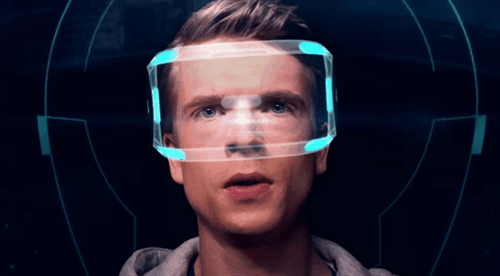The commentary audio didn’t record correctly. Fortunately our notes are down below.
| Game | Category1 | Category2 | Name | Description |
|---|---|---|---|---|
| Inversus | Mechanics | directional face buttons | FIRE | Tap the x button to fire left. Tap the B button to fire right. etc.If the player has a red bullet, it takes priority and is fired before white bullets. |
| Inversus | Mechanics | charge | CHARGE | Hold a fire button to charge your shot. Movement is slowed only when the carge is nearly complete. Normal movement is 1.67 faster than slow charge movement. Aprox 1 second to charge. A charge shot fire 3 bullets in 3 consecutive lanes. A charge shot only consumes 1 bullet. |
| Super Monkey Ball 2 | Mechanics | charge | Hold B to charge. Charging slows down player movement and rotation speed. Players must pick a direction to charge because of the control scheme. This direction cannot be changed. | |
| Inversus | Systems / Rules | screen wrap | Screen Wrap | Move to the edge of a screen and appear on the opposite side. Not univerisal feature on all levels. |
| Inversus | Feedback | CHARGE | When charging, the ammo count inside the character spins, and then locks into place hilighting the bullet that will be shot next (red or white). The highlighted piece of ammo also shows which direction the player is commited to. | |
| Inversus | Power-Up / Upgrade / Economy | Red Bullet | Collect the red bullet and fire a fast shot. Fast shots have normal stamina and can be clashed with other bullets. Players can collect more than 1 red bullet. Collected red bullets override a white bullet if the player’s ammo is full. 2.25 times faster than white bullet. | |
| Inversus | bullets | |||
| Inversus | Level Elements | Grey block that can not be fired through, colors can not be changed | ||
| Asteroids | Systems / Rules | Screen Wrap | ||
| Inversus | Level Elements | clash | Red Bullet spawn | Respawn with a red bullet every 12 seconds. When there’s a red bullet up for grabs, shooting the square will the opposite color will clash and cancel the power-up and reset the timer. |
| Inversus | Systems / Rules | ammo, regenerating | Bullet Respawn timing | After shooting all of one’s bullets, they respawn at these second intervals. 2.65 – 1.91 – 0.63 – 0.48 – 0.31 . Also, shooting a bullet does not reset the first interval to 0 seconds. Epona style. |
| Inversus | Mechanics | clash | Bullets collide with bullets and cancel each other out. | |
| Inversus | Level Elements | Gray wall | A solid object that cannot change polarity. Cancels bullets on contact. | |
| Inversus | Mechanics | analog stick | Move | The movement is analog. Can “creep” very slowly or go full speed. |



 POV: JOURNALIST. DIFFICULTY 3. LEVEL 1 – 1
POV: JOURNALIST. DIFFICULTY 3. LEVEL 1 – 1
 POV: DESIGNER. DIFFICULTY 2. LEVEL 1 – 1
POV: DESIGNER. DIFFICULTY 2. LEVEL 1 – 1













